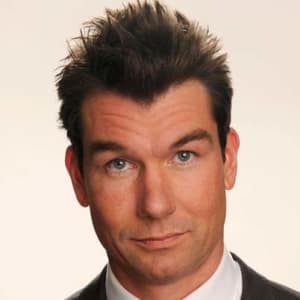
Daniel Ortega
Daniel Ortega was a Nicaraguan guerrilla leader and Sandinista before he served as president of Nicaragua from 1984 to 1990. He was reelected for three consecutive terms in 2007, 2011 and 2016.
Synopsis
Born on November 11, 1945 in La Libertad, Nicaragua, Daniel Ortega was a guerrilla leader aiming to overthrow the regime of dictator Anastasio Somoza . As a member of the Sandinista junta that took power in 1979, Ortega was elected president in 1984 and served until 1990, when he lost to Violeta Barrios de Chamorro. In 2007 he regained the presidency and was elected again four years later. Since then, he's been reelected two additional times.
Early Years
Jose Daniel Ortega Saavedra was born on November 11, 1945, in La Libertad, Nicaragua. His father was a veteran of the peasant army founded by the Nicaraguan revolutionary Cesar Augusto Sandino.
Early in his youth, Ortega moved with his family to Managua, where he eventually attended Central American University. Ortega cut short his studies, however, and in 1963 went underground as a member of the Sandinista National Liberation Front (FSLN), a group aiming to overthrow the country’s dictator, Anastasio Somoza, who had ruled Nicaragua since 1937.
Arrest and Release
In 1967, Ortega and several other FSLN members were arrested following a botched bank robbery that they had attempted to raise funds for the group. Tortured repeatedly during his time in prison, Ortega was finally released in 1974 as part of a hostage exchange program.
After slipping off to Cuba for several months of guerrilla training, Ortega returned to his home country. Over the next five years he helped lead a military campaign that ultimately forced Somoza to flee from Managua in 1979 and go into exile.
Elected President
In the wake of Somoza’s departure, a five-member group called the Junta of National Reconstruction came to rule the country. As one of its core members, Ortega was named junta coordinator in 1981. Three years later Nicaraguan voters elected him president of the country.
Ortega’s election win came despite a three-year military campaign by United States’ president Ronald Reagan to overthrow Ortega and the Sandinista party, whom he accused of being pro-Marxist radicals who wanted to spread communism to all of Central America. Under the direction of the CIA, the U.S. financed and armed a group of anti-Sandinista fighters known as the Contras.
As the U.S. hardened its position, Ortega did the same, becoming a hero across the region and drawing praise and support from Cuban president Fidel Castro.
But the scars of this new civil war were hard to ignore. In all, more than 30,000 Nicaraguans died in the fight. In 1990, after six years of power, war-weary voters denied Ortega a second term and handed the presidency to Violeta Barrios de Chamorro.
Return to Power
The ensuing years were not kind to Ortega. His political influence greatly diminished and he was later accused by his stepdaughter of rape during her childhood, allegations he wholeheartedly denied.
But in 2007, with Nicaragua again facing abject poverty, Ortega ran for office and recaptured the presidency. After petitioning for a constitutional amendment to allow consecutive reelection, he won the presidency again in 2011 and embarked on his third term. He was reelected in 2016. Although capturing a reported 72 percent of the vote and some of the success he’s had growing the economy and containing gang-related crimes, concerns have surfaced about his administration becoming increasingly undemocratic. During his numerous years in office, changing the country's constitution to eliminate term limits in 2014, blocking a strong opposition candidate from participating in the 2016 election, the government controlling the media and having his family members appointed to key power positions. His wife Rosario, a poet and also a former revolutionary, is not only the country's First Lady, she was also elected vice president in 2016.



